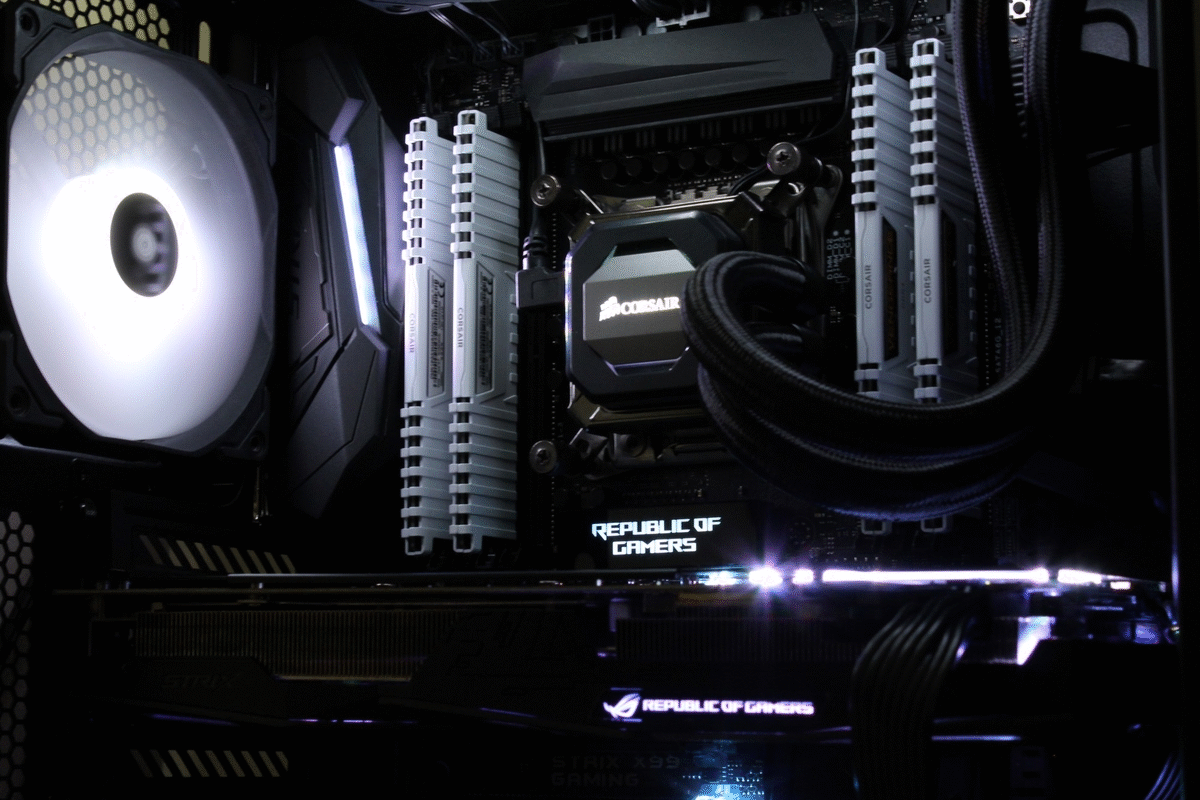The Division 2 PC Performance Review
PC System Requirements Â
Massive Entertainment designed The Division 2 to be incredibly scalable on PC, offering a range of graphical settings which can bring even the most powerful systems to their knees. The Division 2 is designed to be playable on mid-range graphics cards from 2013 like the R9 270 while also being able modern high-end graphics cards like the AMD Radeon VII and the Nvidia RTX 2080 Ti.Â
During this analysis, we will look at how well The Division 2 runs of a variety of PC hardware configurations, which will allow us to judge how accurate these PC system requirements are.Â
Minimum – 1080p/30 FPS
OS: Windows 7 , 8, 10
Processor: AMD FX-6350, Intel Core I5-2500K
Memory: Processor: 8 GB RAM
Graphics: AMD Radeon R9 270, Nvidia Geforce GTX 670
VRAM: 2 GB
DIRECT X: DirectX 11, 12
Recommended – 1080p/60 FPS
OS: Windows 7, 8 ,10
Processor: AMD Ryzen 5 1500X , Intel Core I7-4790
Memory: 8 GB RAM
Graphics: AMD RX 480, Nvidia Geforce GTX 970
VRAM: 4 GB
DIRECT X: DirectX 11, 12
High – 1440p/60 FPS
OS: Windows 7, 8, 10
Processor: AMD Ryzen 7 1700, Intel Core I7-6700K
Memory: 16 GB RAM
Graphics: AMD RX Vega 56, Nvidia Geforce GTX 1070
VRAM: 8 GB
DIRECT X: DirectX 11, 12
Elite – 4K/60 FPS
OS: Windows 7, 8, 10
Processor: AMD Ryzen 7 2700X, Intel Core I9-7900X
Memory: 16 GB RAM
Graphics: AMD Radeon VII, Nvidia Geforce RTX 2080 TI
VRAM: 11 GB
DIRECT X: DirectX 11, 12Â
Drivers
When testing The Division 2, we opted to use the newest drivers from both the Radeon and Geforce camps, utilising AMD’s Radeon Software Adrenalin Edition 19.3.2 driver while using Nvidia’s Geforce 419.35 driver. Both of these driver releases are optimised for Ubisoft’s The Division 2, though future drivers may offer gamers additional framerate boosts.Â
Testing Methodology
OC3D is a website that is dedicated to PC hardware, so you better believe that we test every game on a wide range of hardware configurations. This commitment to variety means that we will be using both Intel and AMD based testbeds as well as a range of GPU offerings from both Nvidia and Radeon.Â
Our primary test system uses Intel’s X99 platform, containing an Intel Core i7 6850K at a fixed clock speed of 4GHz. This testbed will use 32GB of Corsair Vengeance DDR4 memory and will be powered and cooled by an HX1200i PSU and an H110i AIO liquid cooler respectively, with everything sitting inside a Corsair 460X chassis. In this system, we are using an ASUS Strix X99 motherboard.
The system below will be used to conduct the majority of our game testing. This system will be used in this review unless otherwise stated.
Â
Game Test Rig
Intel i7 6850K @4.0 GHz
ASUS X99 Strix
Corsair Vengeance LP 4x8GB DDR4 3200MHz
Corsair HX1200i
Corsair H110i GT
Windows 10 x64 “October 2018 Update”
Â
Secondary Ryzen Test System
Aside from our standard X99 test system we also have a testbed based on AMD’s Ryzen 7 1700X CPU, which will sit at a clock speed of 4GHz be housed in an ASUS Crosshair VI Hero motherboard. This system will use Corsair’s 3200MHz Vengeance White LED memory and is contained inside another Corsair 460X chassis.Â
This additional system will allow us to see if any games offer a performance advantage to AMD’s Ryzen or Intel’s Core series processors. Â
Â
AMD Ryzen Game Test Rig
AMD Ryzen 7 1700X @ 4.0GHz
ASUS X370 Crosshair VI Hero
Corsair Vengeance LED 2x8GB DDR4 3200MHz
Corsair 460X System Chassis
Corsair RMi650
Corsair H115i
Nvidia GTX 1080 Founders Edition
Windows 10 x64 “October 2018 Update”
Â
Â
GPU Selection
No gaming test suite would be complete without a large selection of GPUs, which in this case covers Nvidia’s RTX 20-series GTX 10-series and 9-series and AMD’s RX Vega, RX 400 and R9 300 series graphics cards. We have replaced our RX 480 GPU with its RX 580 equivalent, giving us a fairer comparison point between AMD/Nvidia’s modern graphics card lineups.Â
Starting with Metro Exodus, we will be testing new PC games with Nvidia’s latest RTX series of graphics cards, with the mid-range RTX 2060 and high-end RTX 2080 Ti entering our graphics card lineup.Â
Geforce RTX 20-Series
– Nvidia RTX 2080 Ti Founders Edition
– Nvidia RTX 2060 Founders Edition
Geforce GTX 10-series
– Nvidia GTX 1080 Founders Edition
– Nvidia GTX 1070 Founders Edition
– ASUS GTX 1060 Strix Gaming OC
Geforce GTX 900-seriesÂ
– ASUS GTX 960 StrixÂ
AMD RX Vega Series
– AMD RX Vega 56
AMD RX 500 Series
– AMD RX 580 Strix OC
AMD GCN GPUs
– ASUS R9 380 Strix
Keyboard & Mouse
To control this setup, we will be using Corsair Strafe RGB keyboard with Cherry MX Silent keys alongside a Corsair M65 RGB mouse, matching the general theme of this RGB illuminated system. Â
Cherry MX Silent Keys are ideal for gaming, coming with similar characteristics as Cherry MX Red keys, but with quieter operation. This comparative silence will help keep players immersed in their games, without the distracting clicks that are present in other Cherry key switches. Â
Â




